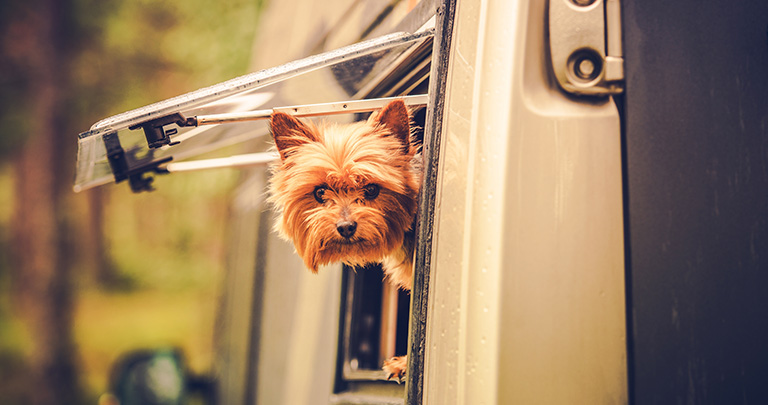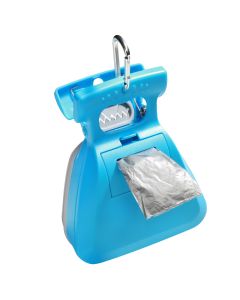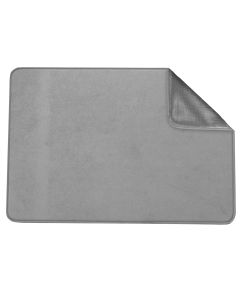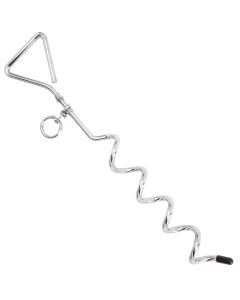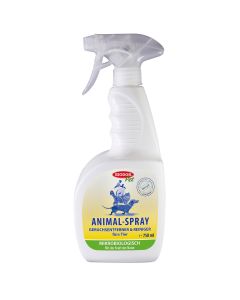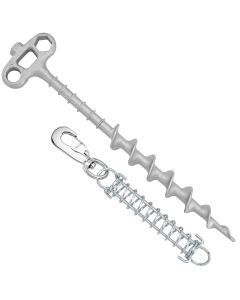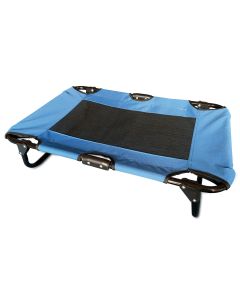For dog owners, their dog is an integral part of the family and therefore absolutely has to be part of the next camping holiday. We have summarised here what you need to bear in mind when you go camping with your dog.
Depending on the age of your dog and your own travel preferences, there are different things to consider when planning your journey. These checklists take that into account, so that you and your dog can enjoy your holiday without any worries.
Before starting your journey (when travelling abroad)
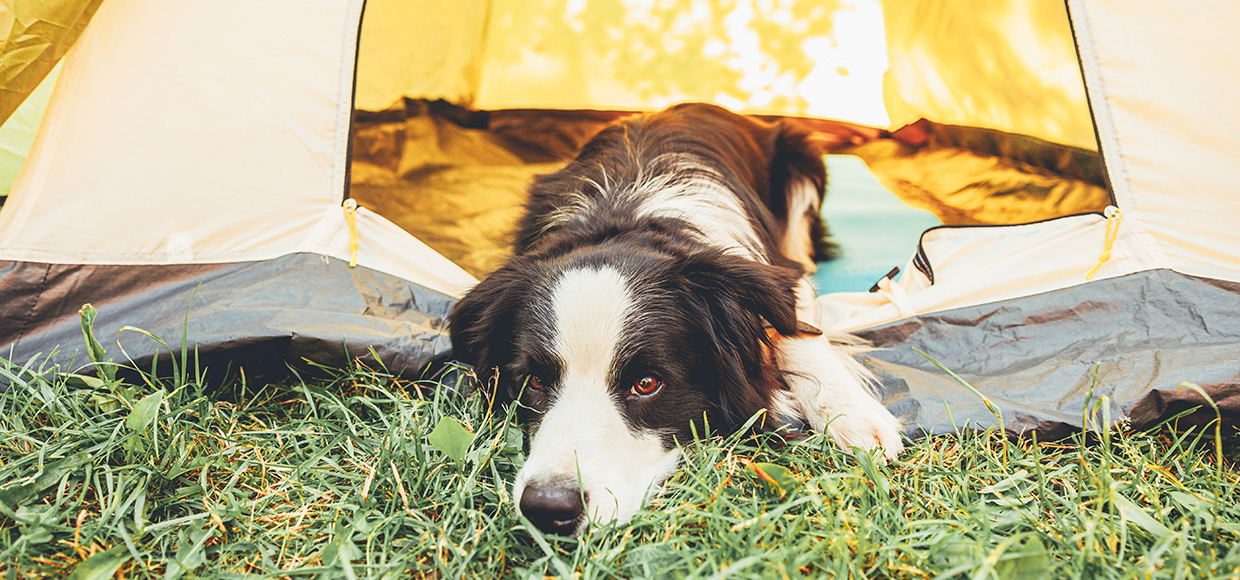

Who is allowed to join?
You are not allowed to take more than five pets on private trips. Additionally, the animals must be at least three months old. It does not matter if you only travel through a country or if it is your holiday destination, the country-specific entry regulations for dogs always apply. Check the entry and transit regulations for your holiday destination in advance.
Microchips and tattoos
Dogs born in 2012 or later need a chip to be allowed to travel in Europe. Dogs born before 2012 are allowed to travel with a tattoo and the European Pet Pass.
Your dog's health
Rabies and leishmaniasis vaccination
In Europe, multi-year rabies vaccinations are recognised (EU Regulation 998/2003). Depending on the manufacturer, the vaccine protection of long-term vaccines is said to be effective for three to four years.
When travelling to southern countries, dogs are at risk of being bitten by sand flies. These bites can lead to a disease called leishmaniasis. Luckily, there is now a vaccination against it. The basic immunisation consists of three vaccinations, which are carried out at three-week intervals. In the following countries, among others, there is a risk of infection through sand flies: France, Italy, Croatia, Greece, Turkey, ...
Puppies and vaccination
According to EU regulations, puppies are not allowed to enter most countries until they are between 12 and 16 weeks old. This is due to the vaccination against rabies – young dogs may only be vaccinated against rabies at the age of 12 weeks at the earliest. However, the vaccine protection is only fully effective three weeks after the vaccination itself.
In some countries, such as Austria, there are exceptions. You need a pet passport and a declaration from a licensed veterinarian that the puppy was only kept at the place of birth (rabies clearance certificate). If the puppy is still dependent on its mother, the mother must be taken along and also fulfil all entry requirements.
Puppies are only allowed to enter the following countries with a full rabies vaccination (12 + min. 3 weeks): Belgium, Croatia, Cyprus, France, Germany, Greece, Hungary, Ireland, Italy, Latvia, Luxembourg, Malta, the Netherlands, Norway, Poland, Portugal, Spain, Sweden, the UK
Keeping your dog safe during the drive
Keeping your dog safe in your caravan or motorhome should be your number one priority. If you are travelling with a caravan, make sure that your dog is not in the caravan while you are driving. Dogs should always be safely transported in the car. However, you may transport your dog in your motorhome.
Ways of transporting your dog in your motorhome
Dog crate for transport
The dog crate is a very safe option and has many advantages. Closed transport boxes ensure that your dog cannot look out of the window. This often keeps anxious dogs more relaxed and comfortable in familiar surroundings (if they are used to the crate).
Car safety belt for dogs
Dogs can also be kept safe in the motorhome with seat belts. The seat belt is attached to the dog's harness with a carabiner and then inserted into the belt buckle to buckle the dog in.
Handy accessories for your four-legged friend
Rules at the campsite
Since camping with dogs is becoming more and more popular, there are now many dog-friendly campsites around the world. But even at dog-friendly campsites, there are some general rules you should follow:
1. Always keep your dog on a leash.
2. Always clean up your dog's mess immediately.
3. Do not leave your dog alone in your motorhome for long periods of time.
4. Walk your dog outside of the campsite area.
5. Do not let your dog get too close to other campers.
6. Read the campsite rules carefully.
